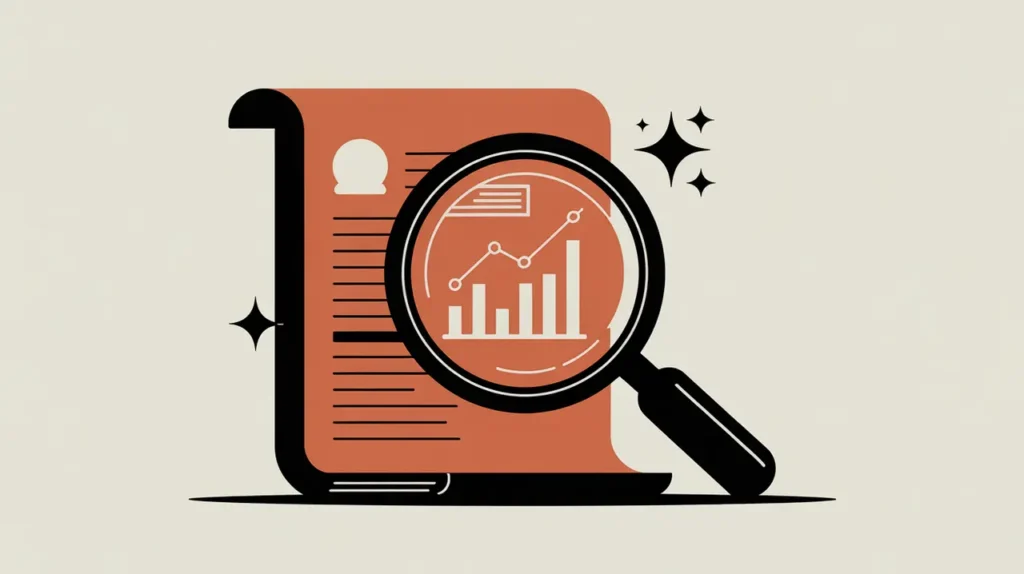Importance of Real-Time Monitoring
Real-time monitoring allows organizations to track activities, outputs, and outcomes as they happen. It matters because development and social innovation often operate in fast-changing environments where delayed information can mean missed opportunities or unmanaged risks. With real-time data, organizations can respond quickly to emerging challenges, adapt strategies on the spot, and improve the timeliness of decision-making.
Definition and Features
Real-time monitoring is the continuous collection, processing, and reporting of data during program implementation. Its defining features include:
- Immediate Feedback – provides updates as events occur rather than after long reporting cycles.
- Digital Integration – often uses mobile devices, sensors, dashboards, and cloud systems.
- Adaptive Use – enables rapid course correction and learning.
- Data Visualization – presents information in accessible formats for quick interpretation.
- Scalability – can cover local interventions or expand across large systems.
How this Works in Practice
In practice, real-time monitoring might involve frontline health workers using mobile apps to log vaccination data that immediately updates national dashboards. It could also track water pump functionality in rural areas through sensors that transmit performance data to maintenance teams. Humanitarian agencies often rely on real-time monitoring during crises, using satellite imagery, crowdsourced reporting, and digital communication tools. Challenges include ensuring data quality, protecting privacy, avoiding information overload, and maintaining the capacity to act on insights quickly.
Implications for Social Innovation
Real-time monitoring advances social innovation by shortening the distance between action and learning. For practitioners, it provides the agility to adapt in dynamic contexts and improve service delivery. For funders and policymakers, it creates stronger accountability and more precise allocation of resources. Real-time monitoring can be a catalyst for responsiveness. It can transform data streams into live intelligence that helps communities and systems adjust to scarcity, disruption, and opportunity as they unfold.







